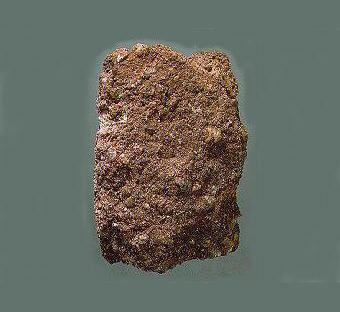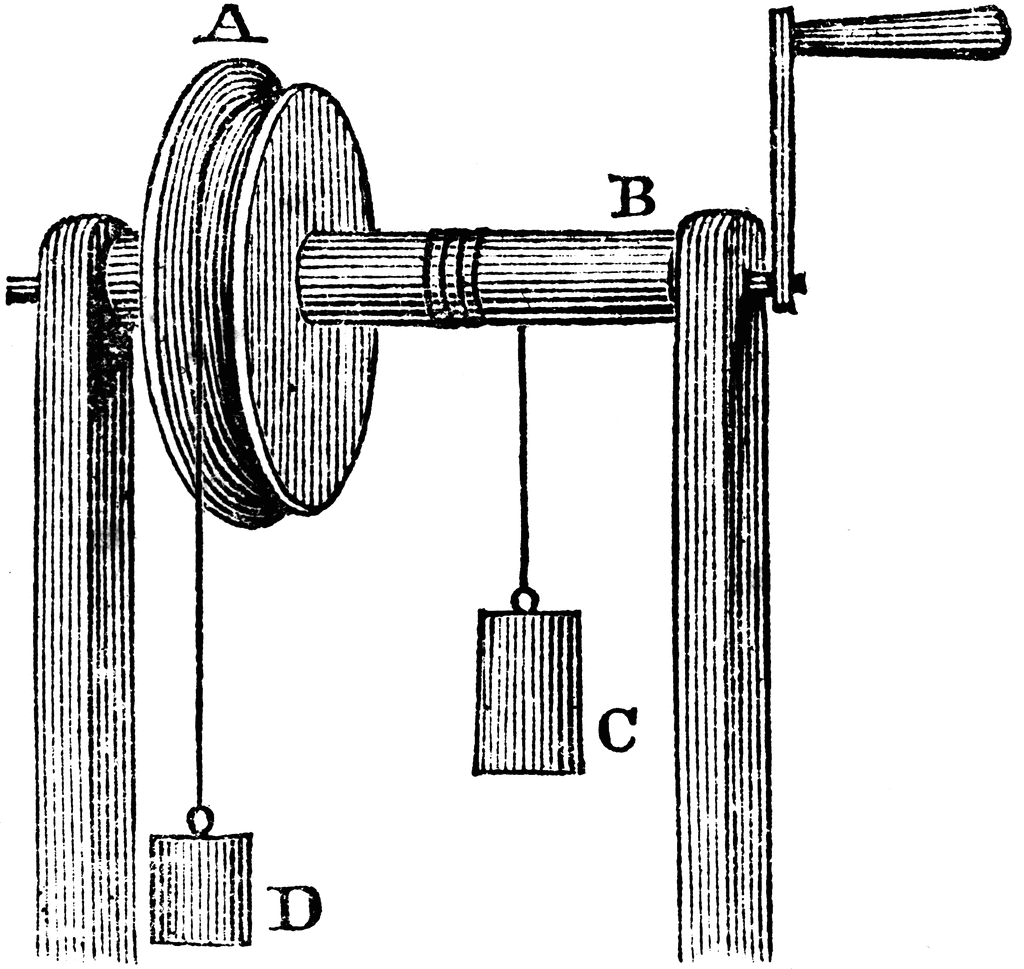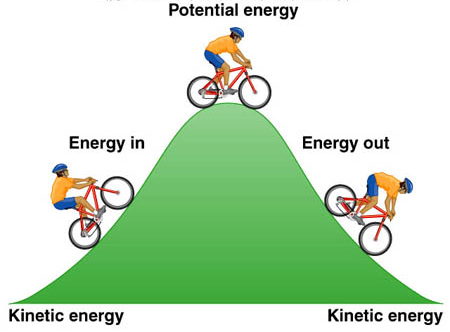Welcome!!!
Hello, this is my blog, I will include vocabularies, images and possible comments of the science class. I'll try to find images with movement. Hope You Enjoy!
martes, 23 de noviembre de 2010
How Heredity Works: Summary
The DNA is a long, complexx molecule that contains the codes that cotrol your cell activities, your chemical makeup, and heredity (continue)
lunes, 15 de noviembre de 2010
Predicting Traits: Summary
First, a Punnett Square is a table used to predict the outcome of crossing different forms of a trait, and probability is how likely it is for something to happen. A pedigree is a chart used to trace the history of a family, like a family tree. To know how to use the Punnet square, you need to know that the male is up and the woman is in the left; to make the calculation, we are going to use letter G, but you can use whatever letter (remember that "G" is dominant and "g" is recessive)
As you can see, you need to conbinate the letters top right corner with lower left corner etc.
End.
As you can see, you need to conbinate the letters top right corner with lower left corner etc.
End.
martes, 9 de noviembre de 2010
Learning About Heredity: Summary
To start, a dominant trait is a trait that appears in the hybrid generation ... or, in easier words, a trait that is visible, and a recessive trait, is a trait that is hidden or masked in the DNA of the hybrid generation.
Dominant trait
Recessive trait
Some characteristics that can be inherited: The hair color, eyes color, nose shape, mouth size or shape, height, weight, ear shape, sickness like diabitis, muscles, intelligence etc.
A man named Burbank, was someone who united different kinds of plants to form new ones, he was so succesful making that, that the people gave him the name of the plant wizard.
Geologic Time: Summary
A fossil is the remains, trace or imprint of a prehistoric living thing preserved on Earth crust.
When a fossil falls on water, normally, new layers start forming under water, that makes that the fossil that was on the top layer be under many other layers.
Earth have four eras (If you don't know what's "era", you can look for it on google): The Precambrian, Paleozoic, Meseozoic and the era in what we live, The Cenozoic Era.The Cenozoic Era has three
When a fossil falls on water, normally, new layers start forming under water, that makes that the fossil that was on the top layer be under many other layers.
Earth have four eras (If you don't know what's "era", you can look for it on google): The Precambrian, Paleozoic, Meseozoic and the era in what we live, The Cenozoic Era.The Cenozoic Era has three
martes, 26 de octubre de 2010
The Rock Cycle:Summary
The rock cycle is a cycle that a rock passes through. The cycle starts when a rock from lava or magma gets out of there and then it converts to an ingneous rock. After the igneous rock and other rocks get squeezed togather the preasure make the igneous rock to change to a sedimentary rock, and finally the rock returns to a volcano and converts into a metamorphic rock. This process is endless, that means that never ends.
Here are some images of all the rocks in order:


This is the end of this entry. Now vote if you like my blog. Good bye piece of analphabets.
Here are some images of all the rocks in order:


This is the end of this entry. Now vote if you like my blog. Good bye piece of analphabets.
viernes, 22 de octubre de 2010
Lift, Carry and Drop: Summary
To begin this, one of the vocabulary words is "mass waisting", when you hear the word "waisting" in that phrase, we think on trash, or something related to trash, but, that phrrase is when rain takes place, the water acumulated in one place, is "mass waisting"(If you don`t understand, i´ll put a video MADE BY ME at the end of this summary).
Let´s start; in the desert, erosion takes place when wind blows, sand is so weightless that wit the minimum wind blowing sand can be from one place to another almost every second. There are three types of glaciers: continental glaciers, valley glaciers and narrower glaciers.
Let´s start; in the desert, erosion takes place when wind blows, sand is so weightless that wit the minimum wind blowing sand can be from one place to another almost every second. There are three types of glaciers: continental glaciers, valley glaciers and narrower glaciers.
martes, 19 de octubre de 2010
Building Up and Breaking Down:Summary
First of all, I am going to explain the types of mountains. Fold montain is like this
------------------ --------->
A fault block mountain is like this -->
Now, the difference of erosion and weathering is that weathering is the breaking down of rocks, and some examples are: Plants (the roots), animals, technology, temperature, water and wind.
And erosion is the picking and removal of rock particles.
Soil is divided in three horizons, that are basicly horizon A,B and C.
Those horizons can be broken down by plants' roots, they are so strong that they could even brake rocks.
jueves, 26 de agosto de 2010
domingo, 22 de agosto de 2010
Science Vocabulary Nº3
Simple Machine: A device with few parts that make it easier to do work.
Effort Force: The force applied to a machine.
Resistance Force: The force that a machine acts against.
Lever: A simple machine made of a rigid bar on a pivot point.
Fulcrum: The pivot point of a lever.
Mechanical Advantage: The number of times a a machine multiplies the force applied.
Pulley: A grooved wheel that turns by the action of a rope in the groove.
Wheel and Axle: A simple machine made of a handle or axes attached to the center of a wheel.
Science Vocabulary Nº2
Potential Energy: The energy stored in an object or material.
Gravitational Potential Energy: The potential energy of an object located above the ground.
Kinetic Energy: The energy of a moving object.
Work: Force applied to an object times the distance the object moves.
Gravitational Potential Energy: The potential energy of an object located above the ground.
martes, 10 de agosto de 2010
Science Vocabulary Nº1
Drag Force: a force that opposes the motion of an object through liquid or gas.
Gravity: a force of attraction that exists between all objects with mass.
Net Force: the combined effect of all the forces acting on an object.
Balanced forces: forces that do not cancel each other out when acting togather on a single object.
Inertia: the tendency of an object to oppose a change in motion.
Suscribirse a:
Comentarios (Atom)






















